Author: Bill Buchanan
Source: Medium
Translation: Shaw Jinse Finance
Soon, we need to realize that we are operating within a traditional financial world and need to build a more trustworthy digital infrastructure. In fact, the transformation we need is not just in the financial sector, but in any area that requires high trust, security, and distribution. To this end, we can adopt Layer 1 blockchain approaches like Ethereum, but it has already exposed scalability issues, with its main ledger and computational infrastructure unable to handle more than 15 to 30 transactions per second. However, new methods are being adopted today to alleviate the burden on Ethereum—while still maintaining its credibility and distribution. These methods include shared Layer 1 implementations and a transition to Proof of Stake (PoS). However, the most concerning progress is happening in Layer 2 methods, which are built on top of the core Ethereum network (mainnet).
Layer 2: State Channels
State channels were initially implemented in the Bitcoin Lightning Network and later expanded on Ethereum. In this way, we essentially have two records on the mainnet ledger, where the parties involved must commit some funds, which may or may not be used. For example, suppose Bob wants to create a side channel to pay customer fees and commits to paying 10 ETH. He will then create a channel contract. The committed ETH will be locked during the channel's validity period and cannot be used. Bob can give Alice 2 ETH and Carol 3 ETH. Once completed, he will submit the finalized transaction, and Bob will reclaim 5 ETH, while Alice and Carol will receive 2 ETH and 3 ETH, respectively. Finally, Bob only needs to publish the summary data and only pays transaction fees for two commitments on the mainnet ledger. The implementation of state channels is provided by Polygon, which achieves full EVM compatibility and low transaction fees. Here is an example:
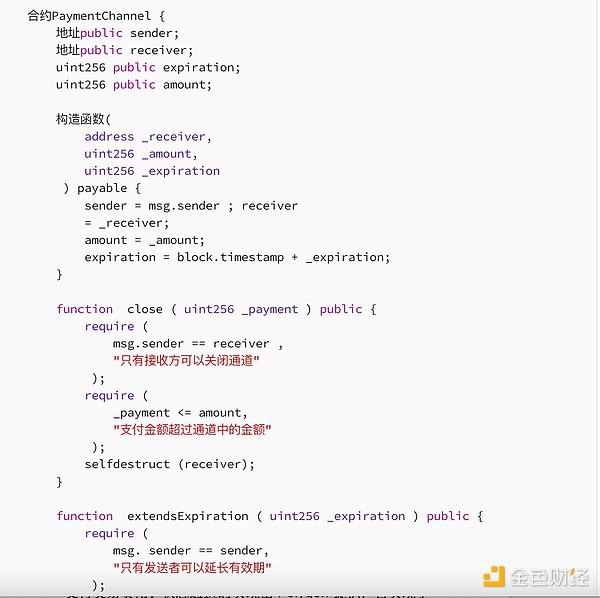

Layer 2: Roll-ups
One of the best mechanisms for scaling Ethereum is to move transactions off-chain through Roll-ups and sidechains.
Optimistic Roll-ups
These mechanisms handle transactions off-chain and assume that transactions are valid (essentially a "trust but verify" approach). They only occupy computational resources on the mainnet when a transaction is disputed. Therefore, a "challenge period" delay is required before a transaction is truly confirmed on the mainnet.
In Arbitrum, fraud observers analyze transactions, and if fraudulent transactions are detected, the observer will publish a fraud proof to the mainnet. In practice, Arbitrum can identify lines of code related to fraud analysis and then publish them to the mainnet. The mainnet can then adjudicate the fraud proof and decide whether to execute the required code. Arbitrum has a seven-day withdrawal period.
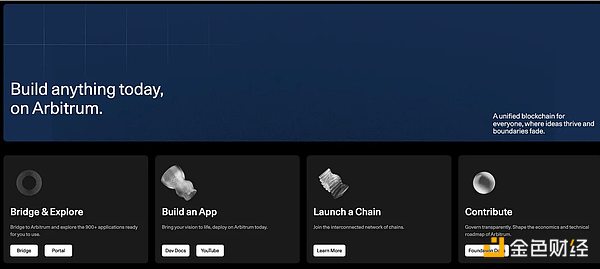
Optimism also adopts an off-chain approach and combines it with Optimism Roll-up, assuming that transactions are valid. It uses observers (or validators) to determine whether there are fraudulent transactions, and once such transactions are detected, the observer can submit a fraud proof, and the corresponding transaction will be revoked. Observers will be rewarded for detecting fraudulent transactions. Overall, the challenge period is about seven days. If the fraud proof is valid, the related transaction will be rolled back.
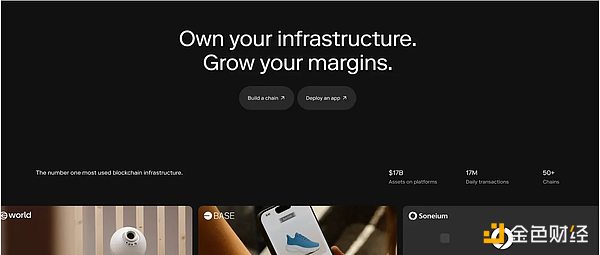
Zero-Knowledge Roll-ups (zk-Rollups)
These technologies move computation and state storage off-chain and use a trustless approach. Once the state is updated back to the mainnet, only minimal updates are needed to complete the state change and its associated proof. Since we have proof in a compressed format, we can quickly verify updated transactions while ensuring the privacy of the transactions. With this technology, unlike Optimistic Rollups, which can take days to submit, using zk-Rollups (based on zkSnarks) allows us to verify proofs in about an hour. This ensures that there is no double spending and that all transactions are solvent. ZKsync is an example.
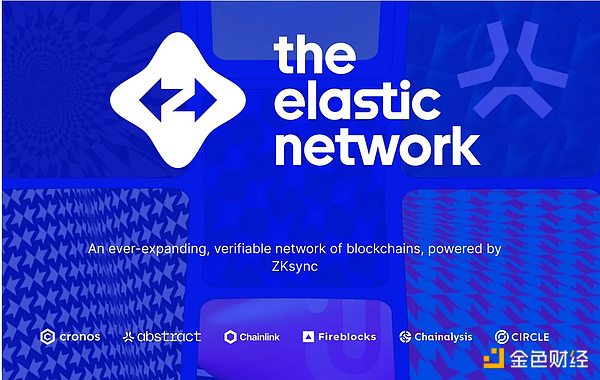 Using zk-Rollups, the validity of transactions has cryptographic proof and is linked to the mainnet. Therefore, committing fraudulent transactions would be extremely difficult. With Optimistic Rollups, due to the lack of cryptographic proof, there is a delay before committing back to the mainnet, allowing for the detection of fraudulent transactions.
Using zk-Rollups, the validity of transactions has cryptographic proof and is linked to the mainnet. Therefore, committing fraudulent transactions would be extremely difficult. With Optimistic Rollups, due to the lack of cryptographic proof, there is a delay before committing back to the mainnet, allowing for the detection of fraudulent transactions.
Sidechains
This is an independent sidechain, which is a separate blockchain bridged to the mainnet. Unlike roll-up methods, updated transactions can be reflected back to the mainnet when needed. Overall, they have their own blockchain and consensus mechanism, such as Proof of Authority (PoA). Polygon is an example of a sidechain infrastructure. The overall weakness of sidechains is that their security model may differ from that of the Ethereum mainnet.
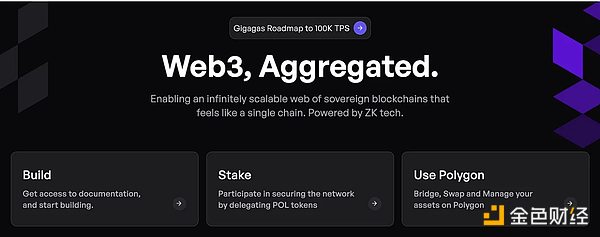
Conclusion
In my opinion, using zero-knowledge proofs in off-chain solutions is the best approach, as it allows for quick verification of transactions on the main chain while protecting the privacy of both parties involved. We can also use selective disclosure in zero-knowledge proofs, which is useful when revealing important information, such as whether a person has the right to access a certain resource.
For Optimistic Rollups, we assume that transactions are valid unless proven otherwise, and a challenge period is required during which transactions can be disputed before final confirmation. In contrast, with zk-Rollups, our transactions are valid because there are associated proofs, and they can be quickly submitted to the mainnet. Unfortunately, zk-Rollups require a deep understanding of cryptography and blockchain, which may slow down the development process.
Clearly, Ethereum is not the only option; alternatives like Polygon, Solana, Cardano, and Polkadot offer more scalable solutions than Ethereum. However, we love this blockchain that brought us smart contracts and the Ethereum Virtual Machine (EVM), and many hope it can overcome scalability issues while maintaining the same level of decentralization and security.
免责声明:本文章仅代表作者个人观点,不代表本平台的立场和观点。本文章仅供信息分享,不构成对任何人的任何投资建议。用户与作者之间的任何争议,与本平台无关。如网页中刊载的文章或图片涉及侵权,请提供相关的权利证明和身份证明发送邮件到support@aicoin.com,本平台相关工作人员将会进行核查。




